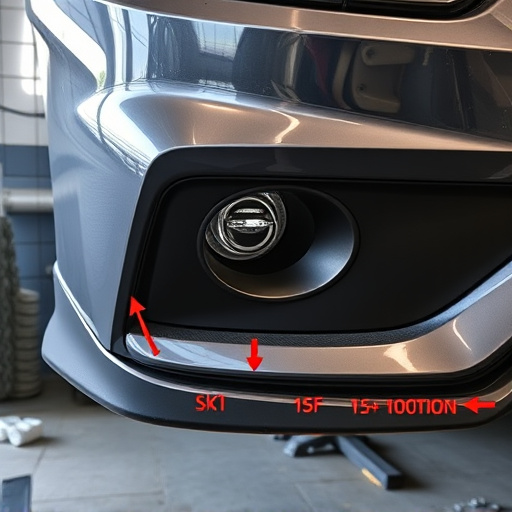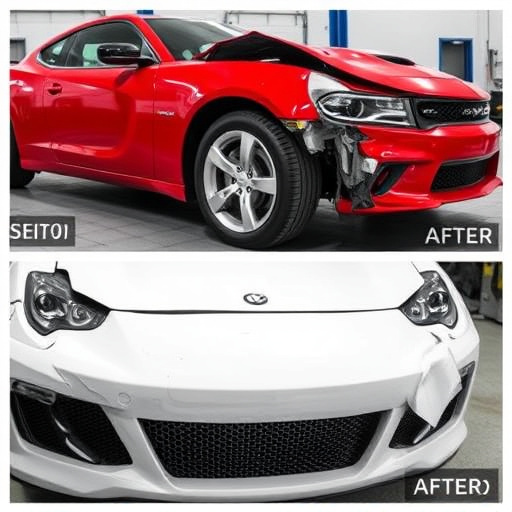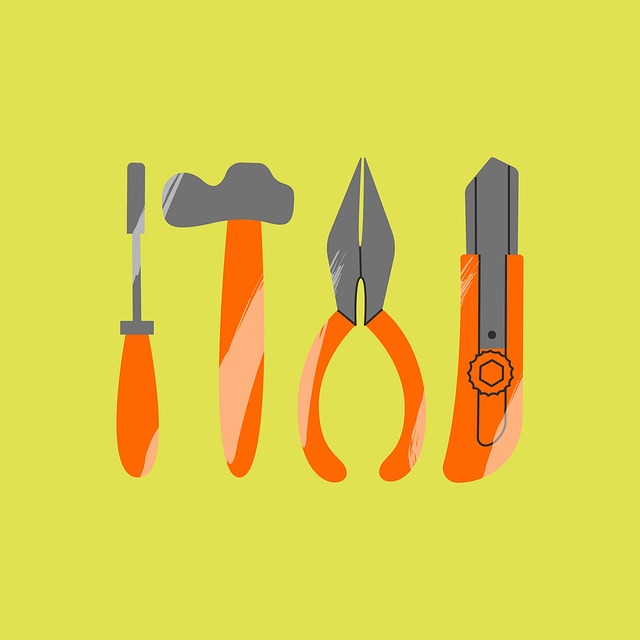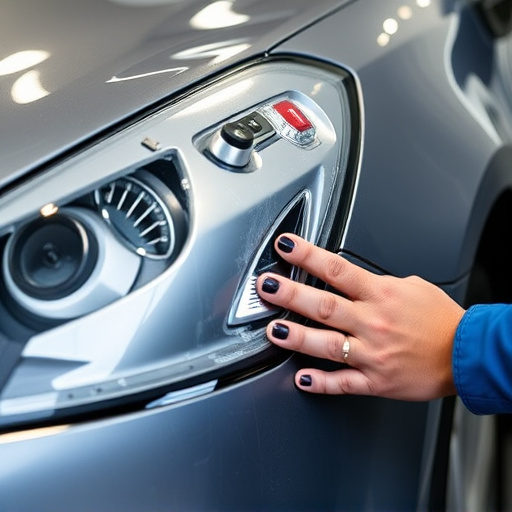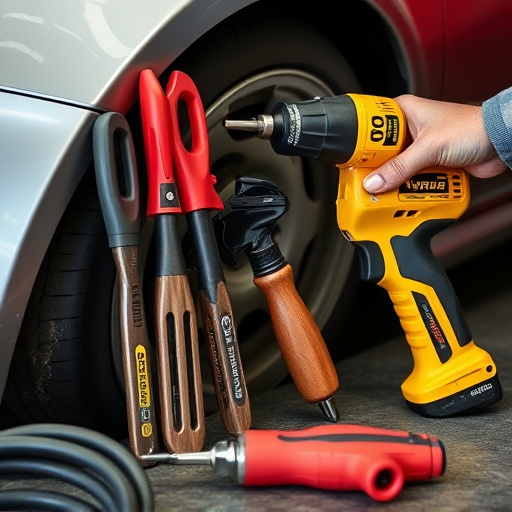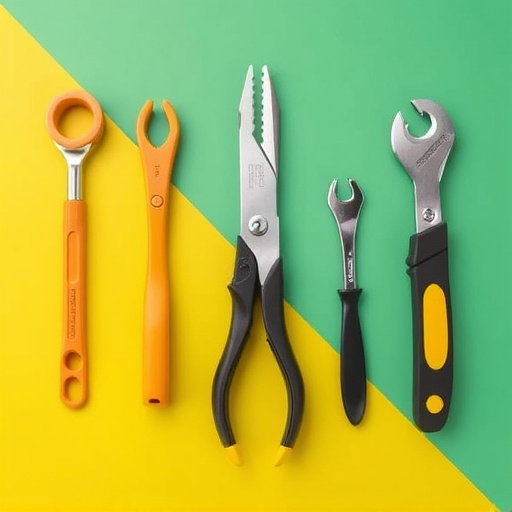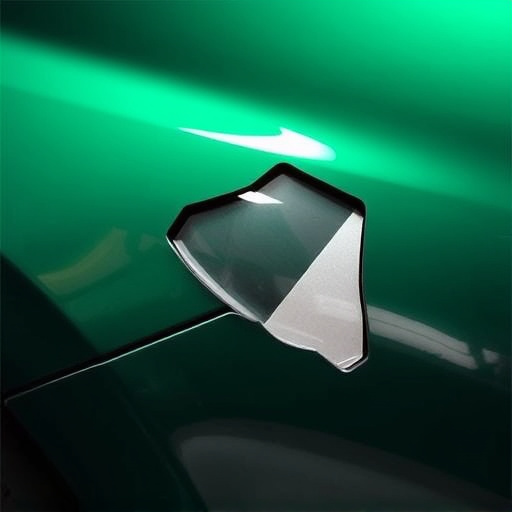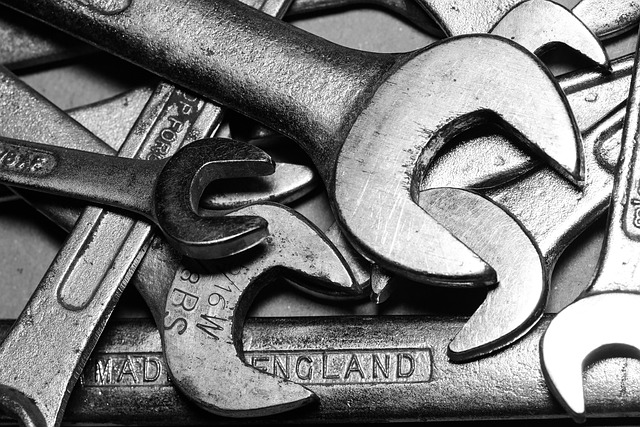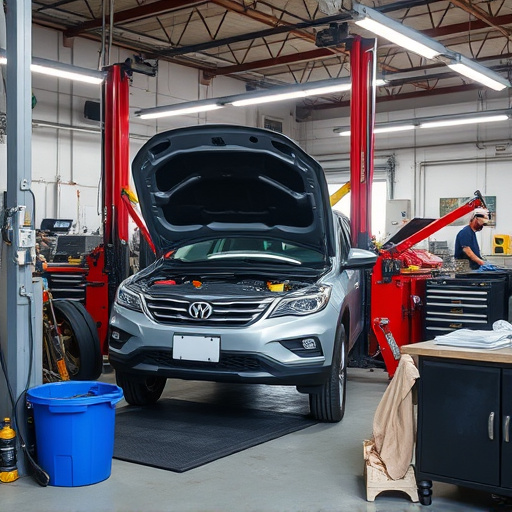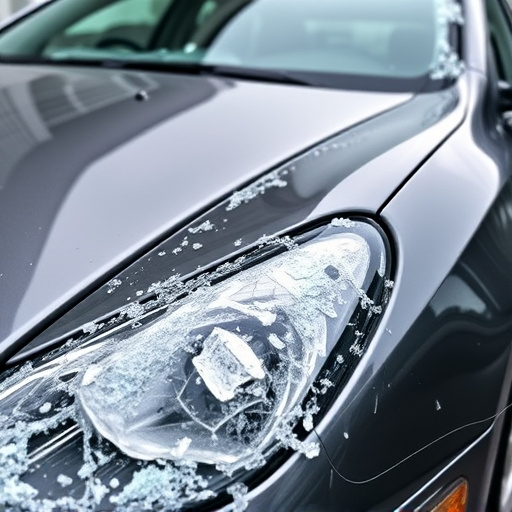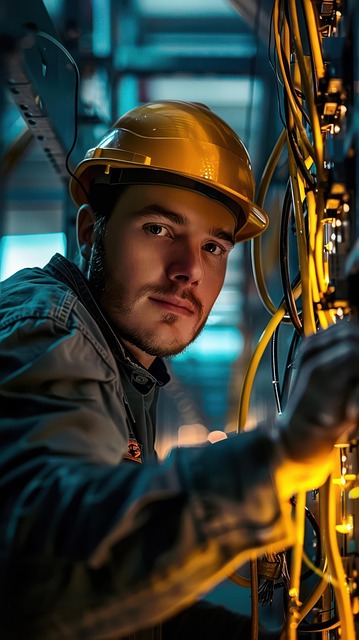The digital age has dramatically transformed car collision repair through advanced technology like CAD software for precise damage assessment and component replacement, robotic welding systems for accurate complex joints, and digital imaging/software for streamlined processes from body panel replacement to painting. These innovations enhance efficiency, accuracy, safety, customer experiences, environmental sustainability, and quality repairs in the car collision repair industry.
Technology is revolutionizing the landscape of car collision repair. In today’s digital era, shops are embracing a digital transformation, adopting advanced tools and techniques that streamline processes, enhance accuracy, and boost efficiency. From CAD design software and robotic welding to virtual reality training and AI-driven diagnostics, these innovations are reshaping how repairs are conducted, ultimately improving safety, reducing costs, and elevating the customer experience.
- The Digital Transformation of Car Collision Repair
- Advanced Tools and Techniques Shaping the Industry
- Improved Safety, Efficiency, and Customer Experience
The Digital Transformation of Car Collision Repair

The digital age has brought about a significant transformation in car collision repair, revolutionizing an industry once largely dependent on manual labor and traditional techniques. Today, advanced technology plays a pivotal role in enhancing efficiency, accuracy, and safety across various stages of vehicle repair services. From initial assessment to final assembly, digital tools are streamlining processes, enabling auto frame repairs that meet the highest standards.
Computer-aided design (CAD) software, for instance, allows technicians to precisely measure and analyze damage, facilitating more effective car collision repair strategies. This technology provides detailed 3D models, helping identify complex structural issues and ensuring every component is repaired or replaced accurately. Moreover, digital solutions offer real-time data exchange, enabling seamless communication between workshops, insurance companies, and customers, ultimately improving overall response times in the event of a road mishap.
Advanced Tools and Techniques Shaping the Industry
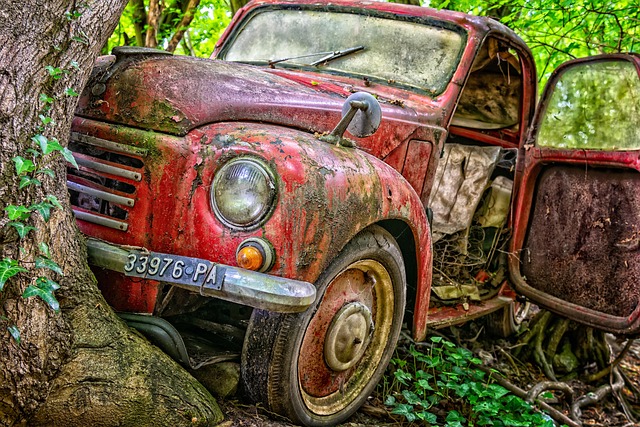
The car collision repair industry is undergoing a significant transformation with the advent of advanced tools and techniques. Modern technology has revolutionized the way repairs are carried out, offering faster, more efficient, and precision-based solutions. One notable example is the use of robotic welding systems that can accurately replicate complex joints, ensuring structural integrity in vehicle restoration processes. These robots work tirelessly without fatigue, leading to consistent high-quality outcomes.
Additionally, computer-aided design (CAD) software has become an indispensable tool for technicians. It enables precise measurements and digital simulation of car damage repair, facilitating better planning and execution. With CAD, technicians can virtually map out the restoration process, identify potential issues before they occur, and optimize the use of materials, thereby reducing waste in car bodywork projects. This technology is not just about speed; it ensures every repair is tailored to the specific vehicle, maintaining its original aesthetic appeal and safety standards.
Improved Safety, Efficiency, and Customer Experience

In the realm of car collision repair, technology is revolutionizing the way auto repair shops handle damages, marking a significant shift in safety and efficiency standards. Modern tools and techniques, driven by technological advancements, enable precise and swift assessments, leading to faster turnaround times and more accurate repairs. This not only benefits the environment by reducing time on the road but also enhances the overall customer experience.
Digital imaging and specialized software for vehicle paint repair and auto frame repair have become indispensable. These innovations allow for detailed inspections, facilitating better understanding of the extent of damage. Moreover, advanced automated systems streamline various processes, from body panel replacement to complex computer-aided painting, ensuring consistent quality and improved safety in car collision repair.
The digital revolution has undeniably transformed car collision repair, leveraging advanced tools and techniques to enhance safety, efficiency, and customer satisfaction. As technology continues to evolve, the industry is poised for further innovation, promising faster repairs, reduced costs, and improved outcomes. Embracing these changes ensures that car collision repair keeps pace with modern demands, delivering top-notch services that meet the needs of today’s drivers.
